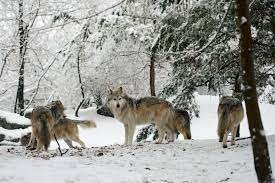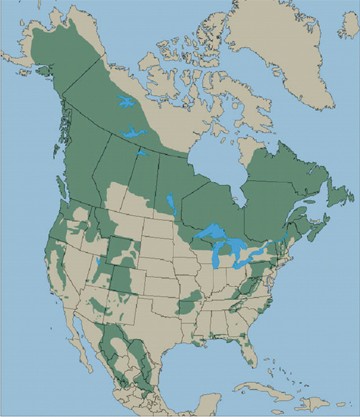The worlds international deals of all kinds rely on countries doing what they promise, though it is true that if a small country promises a big country, then the big country can make them fulfil their pledge.
What should happen here? It is by definition the case, that the poor countries are those that has been promised the money.
The USA and the UK will fall short of their pledge for 2022.
The amount of this support that each country was responsible was worked out, on the basis of historical emissions and their gross national income. In other words, this split was done as fairly as possible – getting those countries that are responsible for the majority of emissions over time to pay the most, taking into account the countries current ability to pay.
Unfortunately, the USA has the biggest gap between what it has paid, and what it owes. In 2020, the USA paid just 5% of its share, indeed, despite having an economy that is 40% bigger than the EU it paid just 1/12 of what the EU did.
While the UK did better, it is still in default. In 2020 we paid just half of its fair share, and the plan is for this to only reach 2/3 by 2025. Australia paid only 23% and Canada just 18%, and neither have pledged to improve this in the next few years.
The only rich countries that are paying what they owe, are Sweden, Norway, the Netherlands, Germany, Denmark, France and Japan.
Currently, of the promised $100 billion each year, only 83% is being met.
What is alarming, is the amount that was agreed (the $100 billion) is extremely small compared to the losses suffered by these poor countries as a result of the weather that has been triggered by global warming.
This is a big problem. If all these poor countries simply ignored science and destroyed their environment, it would be devastating for the west. Yet currently we are not doing what was promised.

















